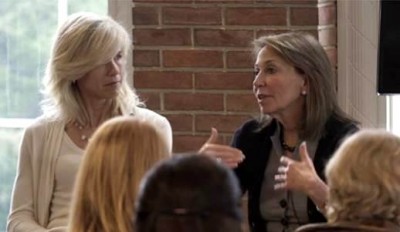Stress, the Learning Brain, and School Reform

Glenn Whitman, of The Center for Transformative Teaching & Learning at St Andrew’s Episcopal School, reflects on “Neuroscience and School Reform: Transforming Learning Environments Using Brain Science,” a panel presented by JP Morgan and the S&R Foundation. The discussion, between Dr. Pamela Cantor of Turnaround for Children and Dr. Sheila Walker of Johns Hopkins Bloomberg School of Public Health, was moderated by Katherine Bradley, President of CityBridge Foundation, and looked at the intersection between neuroscience and school reform. Here’s an excerpt:
“Teachers are brain changers, for good and bad. Their actions and words can both create and alleviate the three levels of stress students bring to school each day and that were identified by Dr. Cantor: positive stress, tolerable stress, and toxic stress. However, if teachers and school leaders are going to develop “brain friendly” learning environments, then they must be trained in how the brain learns, particularly the critical role the amygdala plays in deciding whether incoming information or experience will be routed to the reflective or reactive parts of the brain.”
We encourage you to read Mr. Whitman’s full blog here.

Share This Story